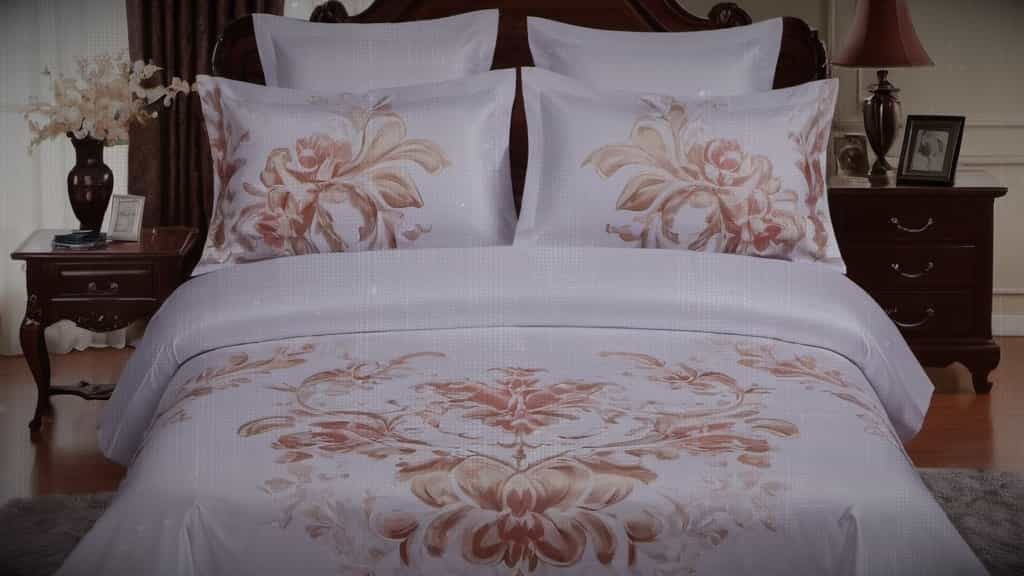Flat Rate Shipping to the Continental US

The quest for a good night’s sleep—it’s enough to drive a man to poetry, or at least to the bedding department of a well-stocked department store. And lately, my nocturnal musings have led me down a path strewn with thread counts and weave patterns, all in pursuit of an answer to the age-old question: is sateen truly a suitable fabric for the noble sheet?
Now, I’ve always been a man who appreciates a certain level of comfort. Give me a pair of well-worn slippers, a roaring fire (preferably one that doesn’t require me to chop the wood), and a good mystery novel, and I’m perfectly content. But even I, in my unassuming way, can’t resist the allure of those silky-smooth sateen sheets I’ve heard whispered about in hushed, reverent tones.
The sources I’ve consulted on this matter seem to paint a rather alluring picture of sateen: it’s known for its smooth, almost slippery texture, often compared to its more expensive cousin, satin. This luxurious feel, it seems, is due to the unique weaving process, which involves floating multiple threads over a single thread, creating a surface that practically begs to be stroked.
And here’s where the plot thickens, dear reader: sateen, despite its fancy reputation, is typically made from good old-fashioned cotton. That’s right, the same material that clothes the masses is also capable of transforming into something worthy of a king’s chambers (or at least a moderately well-appointed guest room).
But before you rush out to replace your linens with this seemingly magical fabric, allow me to sound a note of caution, as is my wont. While sateen may excel in the smoothness department, it’s not without its drawbacks, particularly for those of us who tend to run warm at night. You see, those tightly woven threads, while undeniably luxurious, can also trap heat like a bear hug from a particularly affectionate polar bear. If you’re prone to waking up in a puddle of your own perspiration, sateen might not be your best bet.
The same sources also mention that sateen, while generally more durable than satin, may not hold up quite as well as other cotton fabrics, such as the ever-reliable percale. Percale, with its simple, straightforward weave, is like the loyal, dependable friend of the bedding world—not flashy, but always there for you. Sateen, with its intricate weave and penchant for luxury, requires a bit more TLC.
But fear not, dear sleeper! All is not lost. If you simply can’t resist the allure of sateen, opting for high-quality sheets with a thread count of 300 or higher can help mitigate some of these issues. Think of it as investing in a bespoke suit—with a little bit of care and attention, it can last you for years to come.
So, is sateen a good choice for sheets? The answer, as with most things in life, is a resounding “it depends.” If you value a smooth, luxurious feel and don’t mind a bit of extra warmth, sateen could be your dream come true. But if you’re prone to overheating or prefer your bedding to withstand the occasional nuclear laundry mishap, you might be better off sticking with good old-fashioned percale.
As for me, I’m off to consult with my pillows. After all, they’ve witnessed my sleep-deprived musings firsthand and are therefore the true experts on what constitutes a comfortable night’s rest.
